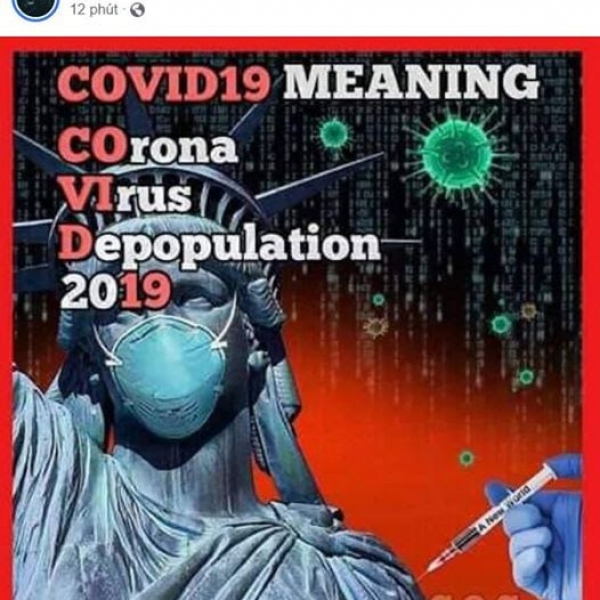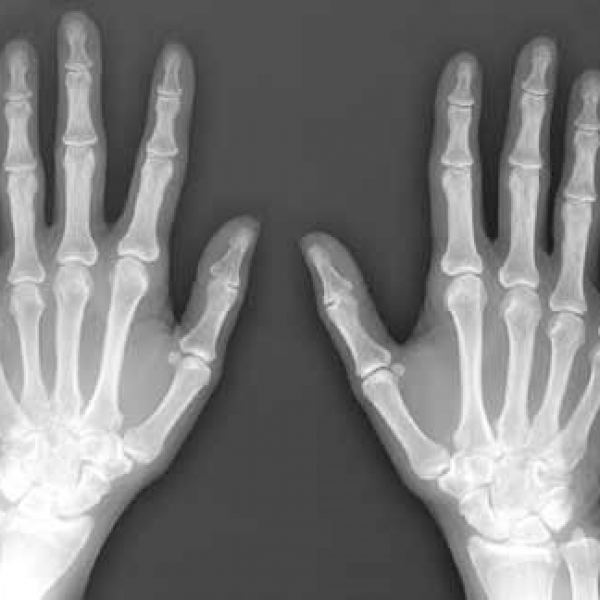Contact Admission
International Collaboration
Vietnamese scientist invented the vaccine patch instead of the injection
With the size of a thumb, the patch is placed directly on the skin to vaccinate the human body through a thin, non-painful epidermis like an injection. Because of its simple operation, it can be used at home to limit cross-contamination in health facilities.
 |
| The micro-needles in the patch the size of the hairline, containing the vaccine, are transmitted through the epidermis of the skin - Photo: NVCC |
According to VnExpress, TS. Nguyen Duc Thanh, 37 years old, is currently an assistant professor at the University of Connecticut (USA). Six years ago, when he started doing postdoctoral research at the Massachusetts Institute of Technology (MIT), he and a team sponsored by Bill Gates and his charity to develop a one-time vaccine instead of many common injections.
At that time, the team had successfully made vaccine microparticles for a single injection. However, this particle size is larger than 0.2 mm, not small enough to be able to transfer into the same injection, which limits the dose of vaccine given into the body.
Don't want your research to stop, PhD. Thành seeks to create new ways to fix the vaccine microparticles problem. In 2018, the idea of making a vaccine patch like a wound patch was Dr. Into development.
"The development of this patch has great implications for the global vaccine universalization, especially people in remote areas can not remember the repeat vaccination schedule, while the medical facility is several tens of kilometers", TS. Thành said.
The vaccine patch was developed by the group based on the SEAL (StampEd Asembly of Polymer Layer) manufacturing method and computer chip manufacturing technology. This method helps to create small, modulated microparticles that release vaccines at different times and simulate drug administration.
TS. One patch was enough to provide the same immune effect as repeated injections over a long period of time, Thanh said. With the size of a thumb, the patch is placed directly on the skin to vaccinate the human body through a thin, non-painful epidermis like an injection. Because of its simple operation, it can be used at home to limit cross-contamination in health facilities.
"The skin will heal itself and wrap these micro-needles inside. After the vaccine is put into the body, the micro-needles dissipate and disappear from the skin," said Dr. Thành said. The introduction of the vaccine into the skin also increases the effectiveness of the drug, he said, because the skin has so many immune cells that react to the vaccine antigens. As such, the patch will both improve the quality of the vaccine and greatly aid in getting the full dose in the most convenient way.
The team used a micro-needle patch on mice with prevnar-13 vaccine against pneumoccocal bacteria that cause pneumonia and published the results in the biomedical journal Nature Biomedical Engineering in early 2020. TS. Thanh said that it is necessary to do more human clinical trials to ensure the safety of the product.
TS. Thanh shared that in addition to using a micro-needle patch for the vaccine, the group also developed a patch for anti-cancer immunotherapy or non-narcotic pain relievers and antibodies to treat the virus. The team has also perfected the automated production process to reduce production costs, helping to bring the product to more users.
BT
Source: http://baochinhphu.vn/Khoa-hoc-Cong-nghe/Nha-khoa-hoc-Viet-sang-che-mieng-dan-vaccine-thay-mui-tiem/420750.vgp
Other news
- Longo Surgery Successfully Treats Patient with Strangulated Grade-4 Hemorrhoids ( 08:42 - 09/08/2025 )
- Phan Chau Trinh University Hospital – a trusted BHYT clinic in Da Nang ( 14:10 - 02/08/2025 )
- Vice Rector of Phan Chau Trinh University Appointed President of Da Nang ENT Association for the 2025–2030 Term ( 17:15 - 14/06/2025 )
- 88-year-old woman in the Czech Republic “come back to life” ( 08:12 - 05/06/2025 )
- The United States successfully performed its first human bladder transplant ( 07:39 - 21/05/2025 )
- AI in Healthcare ( 08:46 - 19/05/2025 )
- Phan Chau Trinh University Hospital Appoints New Chief Executive Officer ( 09:20 - 17/05/2025 )
- 34 Fifth-Year Medical Students Continue Clinical Rotations at Quang Nam General Hospital ( 14:10 - 13/05/2025 )
- PCTU medical students embark on their final clinical rotation at hospitals across the country ( 13:57 - 13/05/2025 )
- INTERNATIONAL MEDICAL STUDENTS EXPERIENCE OSCE FOR THE FIRST TIME ( 15:43 - 12/05/2025 )


















